Demystifying Machine Learning: Unveiling the Three Types and the Role of Generative AI
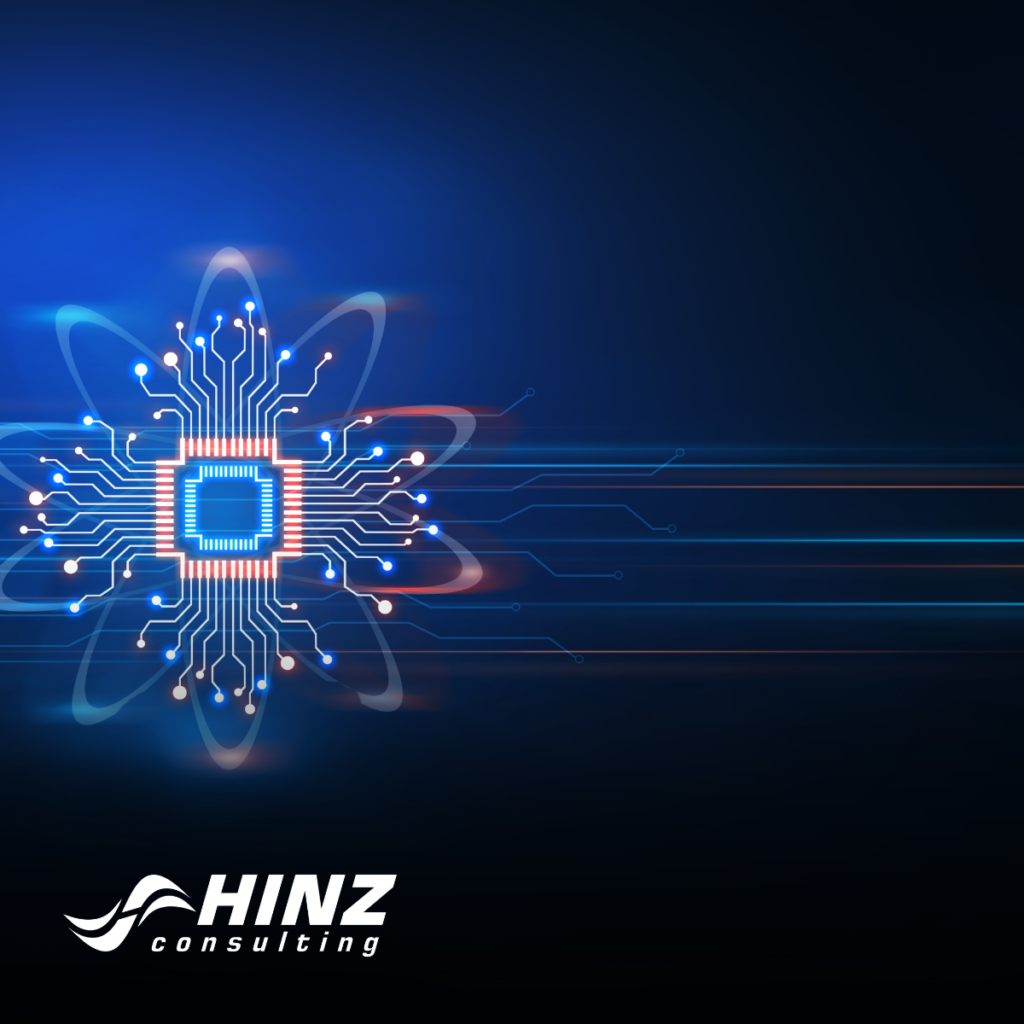
In the vast realm of machine learning, understanding the foundational principles is crucial for grasping the transformative capabilities of this technology. This blog aims to demystify machine learning by shedding light on its three primary types—supervised learning, unsupervised learning, and reinforcement learning—while also exploring the innovative contributions of Generative AI. Unveiling the Three Types of […]
AI to Write Proposals: Reducing Manual Effort, Increasing Success

In the highly competitive realm of government contracting, where the ability to secure contracts can significantly impact the growth and revenue of high-revenue businesses, the process of proposal writing plays a pivotal role. This article explores how artificial intelligence (AI) is revolutionizing the proposal development process by reducing manual effort and increasing success rates for […]
Why Is It Called Generative AI?
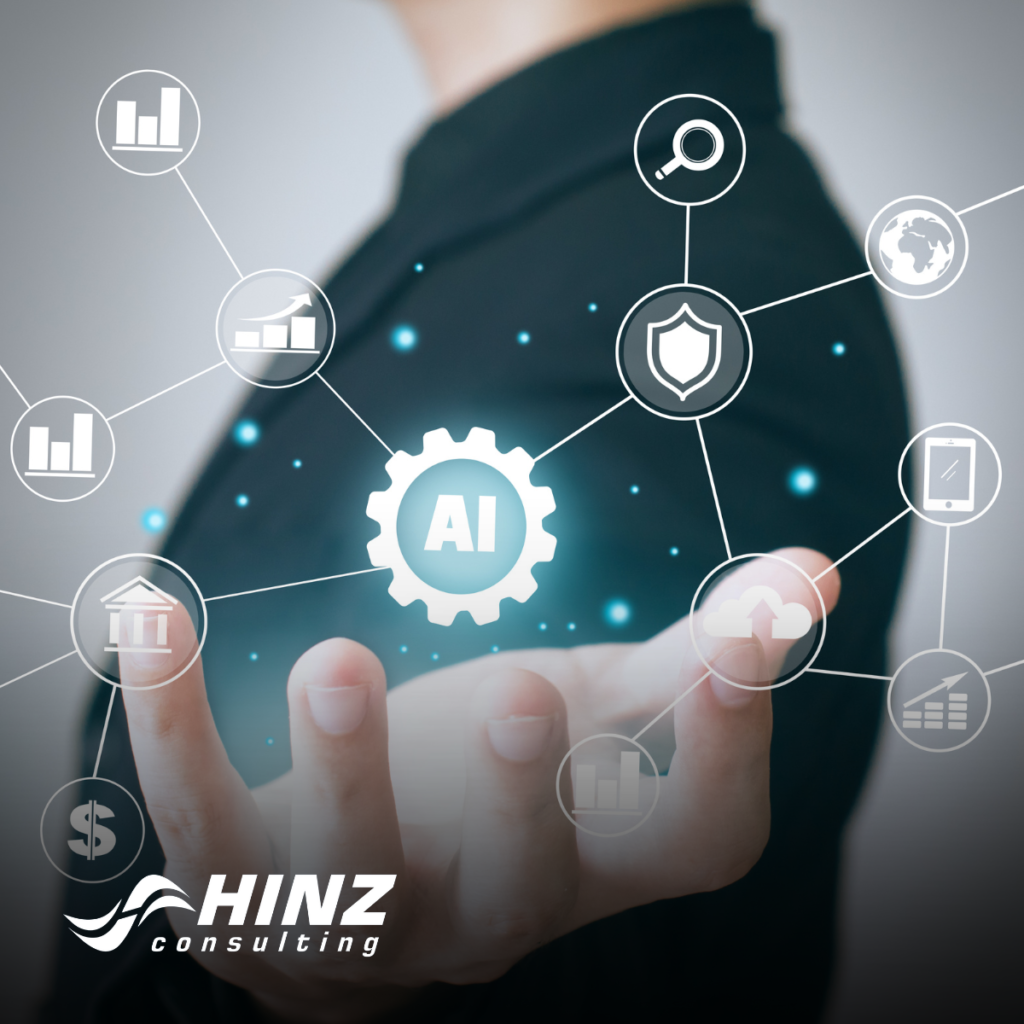
In the realm of artificial intelligence, the term “Generative AI” carries a specific connotation, indicating a unique capability within the AI landscape. Let’s delve into the origins and significance of the term “Generative” in Generative AI. Generative Nature The term “Generative” in Generative AI refers to the primary function of these AI models, which is […]
Leveraging Generative AI to Enhance Your Competitive Intelligence Practice

In the last blog, I touched on how generative AI can help with strategic pricing. This week, I’ll discuss how it can enhance your competitive intelligence capabilities. Generative AI can revolutionize your competitive intelligence practice in three critical areas –automating data processes, enhancing the actual analysis, and providing predictive insights for proactive decision-making. Through advanced […]
How Can I Use Generative AI?
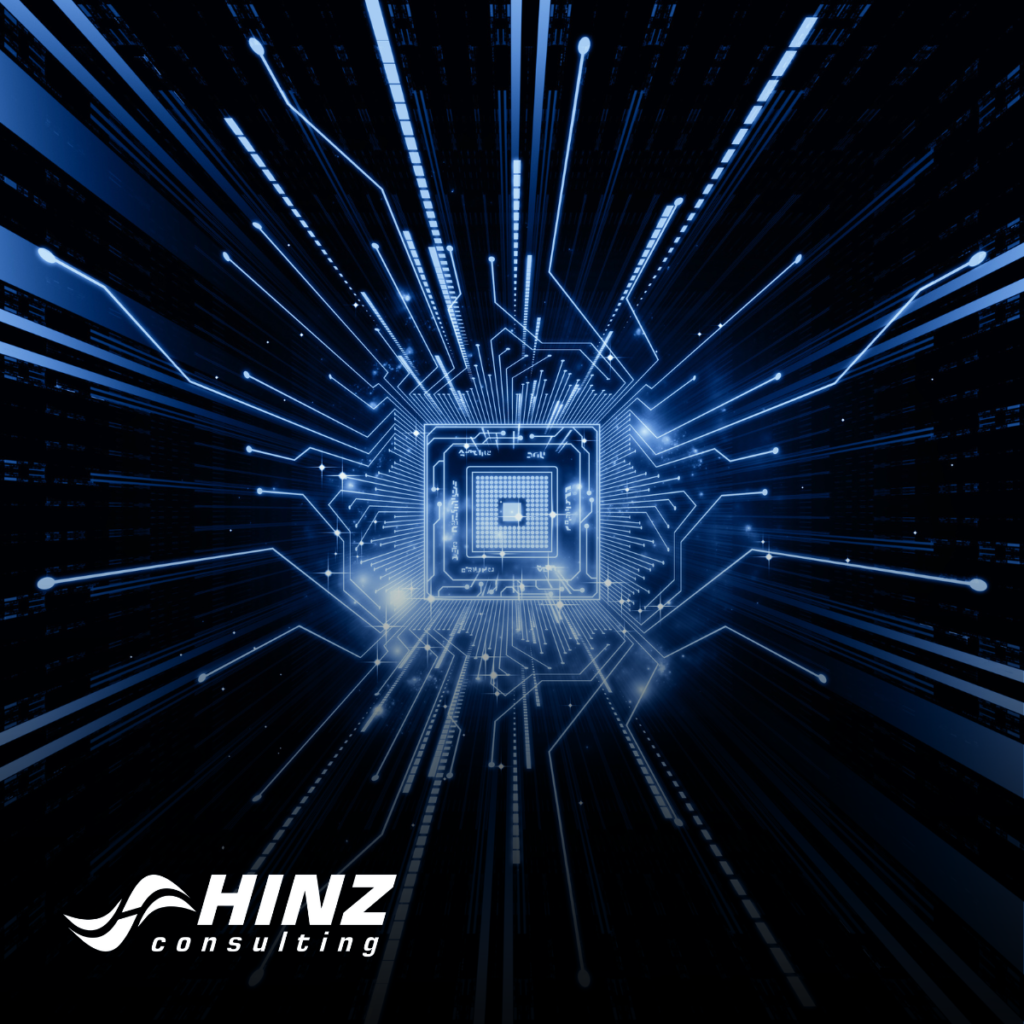
Generative AI, a cutting-edge subset of artificial intelligence, is opening new avenues for innovation across multiple sectors. From content creation to data analysis, it offers a range of applications. In this article, we will explore how individuals and organizations can leverage the power of Generative AI for various purposes. Content Generation and Creativity AI can […]
Real-World Generative AI Example: Transforming Industries

Generative AI, a formidable component of artificial intelligence, is sparking innovation and transformation in diverse industries. In this article, we will delve into concrete examples of Generative AI applications, reshaping the landscape of content creation, data analysis, and more. 1. Content Creation Generative AI is revolutionizing content generation by: · Efficiently Generating Written Content: Generative […]
AI in Government Contracting: Transforming the Landscape
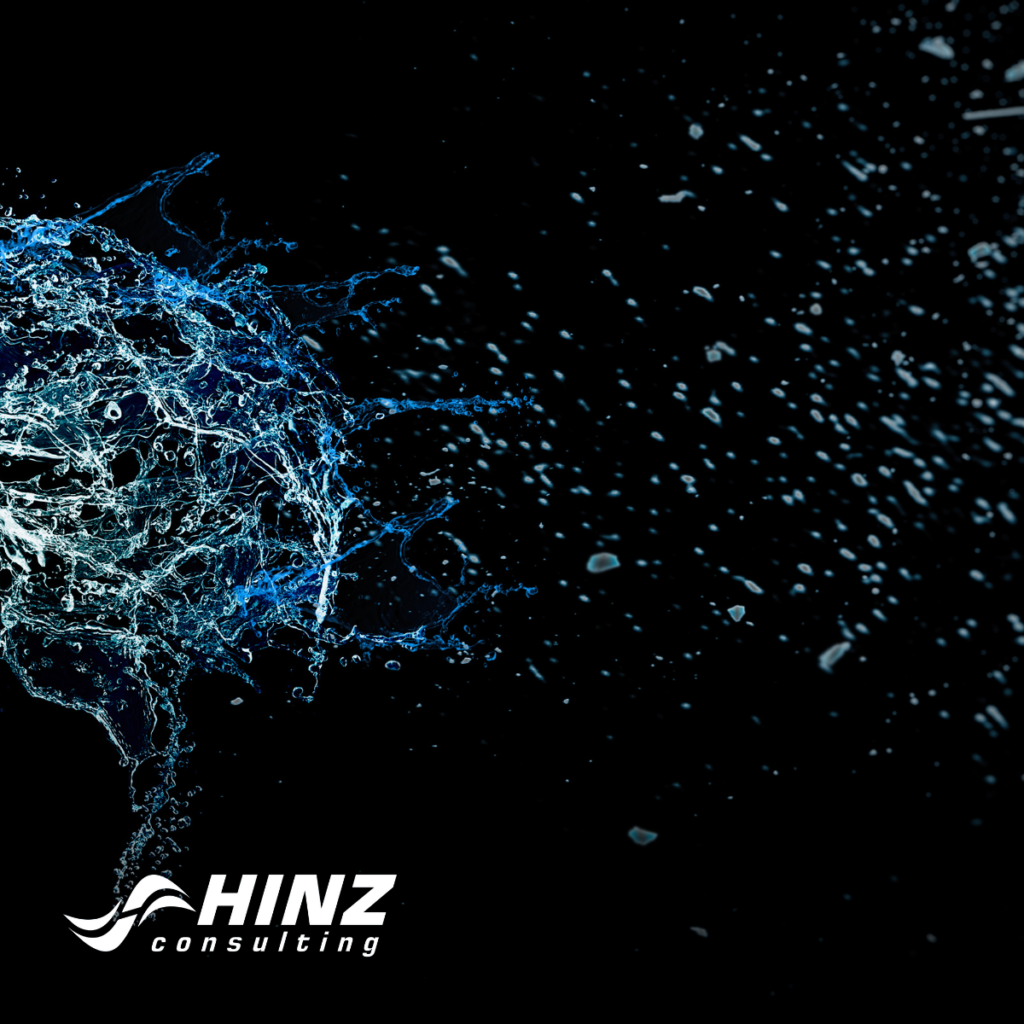
In the world of government contracting, where the stakes are high and competition is fierce, artificial intelligence (AI) is ushering in a new era of transformation. From proposal development to the entire contract acquisition process, AI is fundamentally reshaping how high-revenue businesses approach government contracts. The AI Revolution Government contracting is no longer a static, […]
AI-Driven Proposals: A New Paradigm in Government Contracting
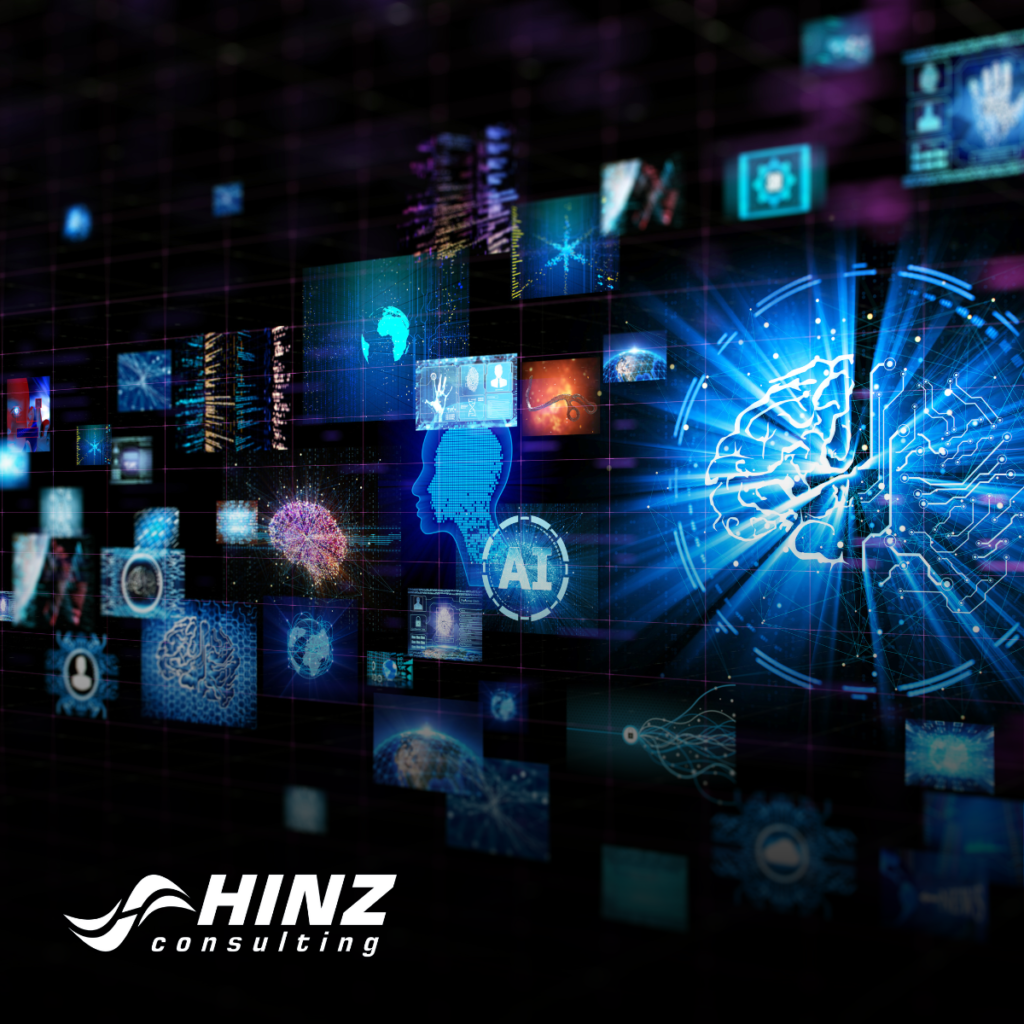
In the dynamic landscape of government contracting, high-revenue businesses are constantly in search of innovative strategies to gain a competitive edge and secure lucrative contracts. One such strategy that has been rapidly reshaping the field is the use of artificial intelligence (AI) in proposal writing. This article delves into the transformative role of AI in […]
How Can I Use AI in Proposals?

In the dynamic world of government contracting, where securing lucrative contracts is paramount for high-revenue businesses, the integration of AI in Proposals is becoming increasingly crucial. But how can you seamlessly weave AI into your proposal workflow, and what are the unique advantages it offers? This article explores the transformative power of AI and the […]
What Is Generative AI?
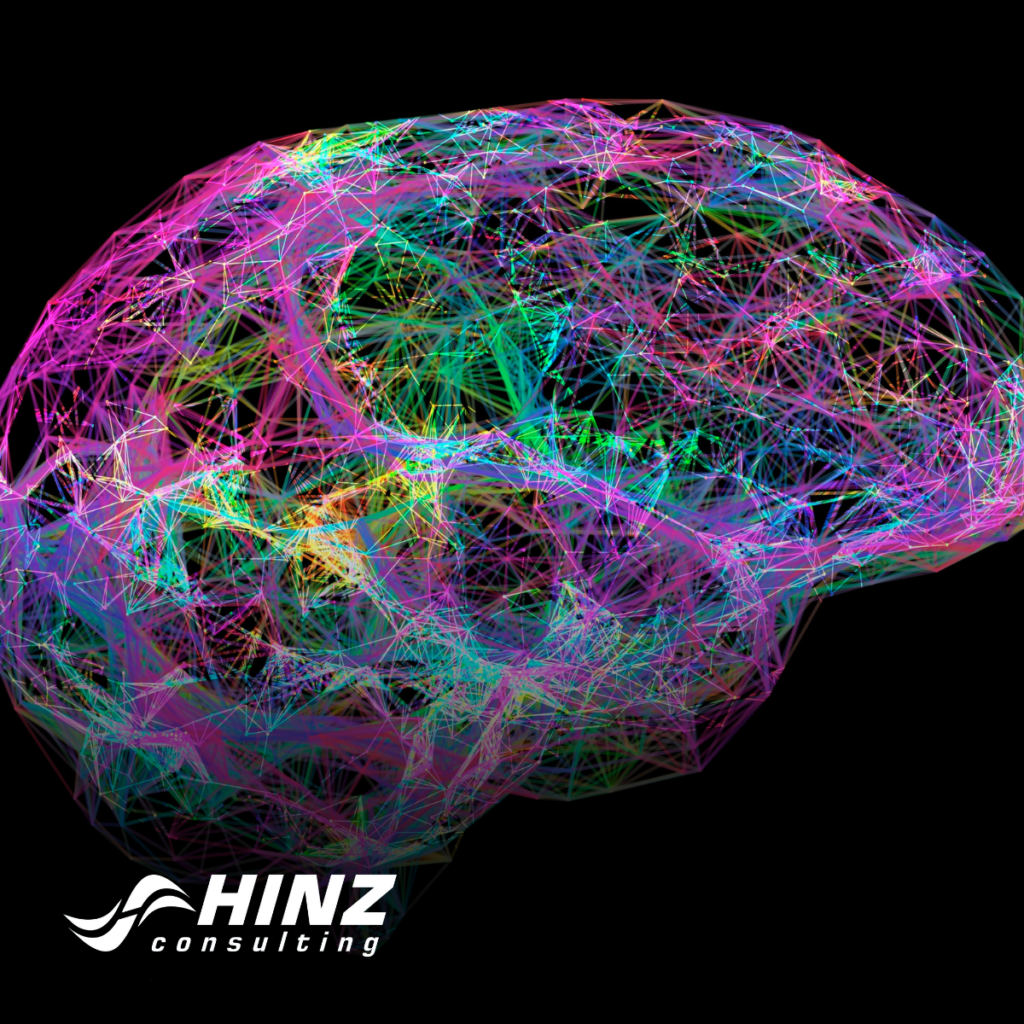
In the ever-evolving landscape of artificial intelligence (AI), one of the most fascinating and transformative advancements is Generative AI. This technology is rapidly gaining recognition and impacting various industries, from content creation to healthcare and beyond. In this article, we will explore what Generative AI is, how it works, its applications, and the profound impact […]
